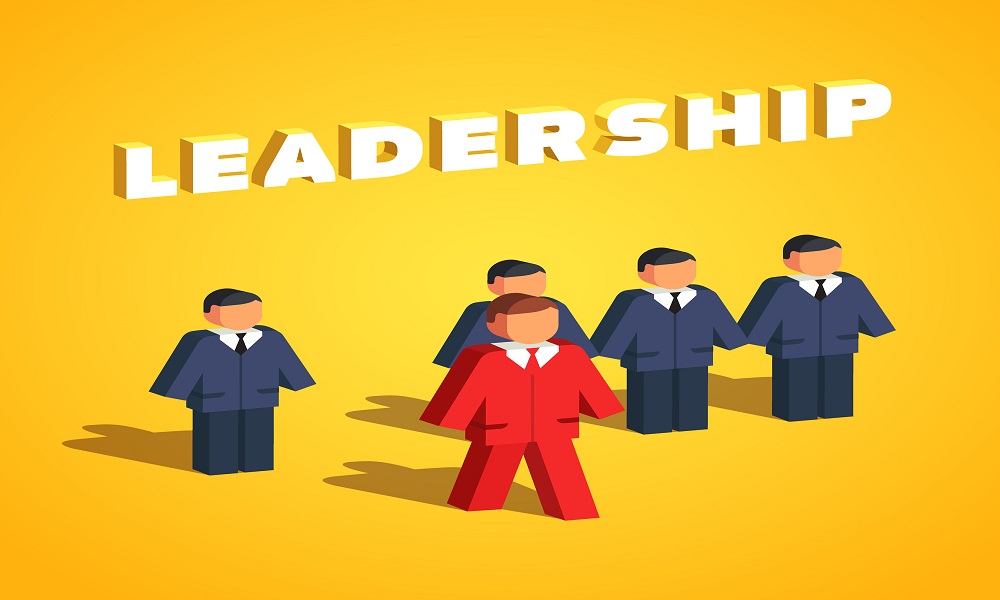Surprisingly it’s only been 12 years since we saw the Apple products coming in and creating this revolution in the industry and changing the way we perceive our everyday objects. If we go back just a decade and analyze some videos of the 2010s they look as if they are from the 90s.
How has just one company brought about such a big difference in the way we live and perceive things! Apple did it with consumer electronics. And Indian companies like Patanjali have done it
at a grass root level. Where just 10 years back we barely spoke of organic products, nowadays we want even our daily floor cleaners to be organic.
Unfortunately many companies are unable to create an evolutionary change. Today people who want to develop products and services, intangible or tangible, largely believe in survival or in management terms, they assume a defensive position. Studies have shown that Apple’s impact is so much that if it continues to make more such successful and influential products they will eventually be able to have an impact on the human biological system at a genetic level. This can be termed as an evolutionary change. Such an impact can be termed as a phenomenon.
The problem lies in the way we are taught things and the way we are taught to manage and design things in the companies and organizations. Organizations work on a cut copy paste model of systems and processes which have been trickling down from one organization to another. Due to this approach in society, it’s become a default setting in the brain. This is the reason that no matter how ambitious the project, service or product is, companies become risk averse and often kill the idea. This happens because the brain doesn’t have any reference to latch on to. In such an event, it will feel as if the idea is bad or doesn’t make sense. This is a common phenomenon which has been in top managements of most of the organizations. We can see this more in developing countries as people are insecure and still have to fight for basic survival.
This can only change as we start practicing design leadership. In today’s leadership the management works with a safe and non-experimenting kind of attitude where they spend maximum time
disciplining the people in the organization, so that they do not experiment; to maintain the ‘safe’ status quo of the company. These companies/ organizations, more often than not, have an eventual merger or an acquisition in their future. On the other hand design leadership is a leadership where the top management is skin deep into the life context at hand. By life context I mean,
if a company is in the business of lighting, the company’s intangible to tangible aspects should breathe in the beautiful life context of lighting. This is the reason why Philips is able to innovate again and again and companies like Crompton (a leading Indian lighting manufacturer) wait for what Philips has to offer.
No matter how many design studios a big corporation can take over, the innovative product is a byproduct of a driven company, where the top management thinks of evolution of beings rather than the increase of the company bottom line. Design leadership leads to the attitude of a multidisciplinary approach of solving organizational and product issues. It doesn’t believe in a very linear approach of Six Sigma or the black box thinking of problem solving which is typical in a corporate environment.
Author:
Udit Bhattacharya, Assistant Professor, School of Industrial Design, Unitedworld Institute of Design (UID)
Disclaimer: The opinions / views expressed in this article are solely of the author in his / her individual capacity. They do not purport to reflect the opinions and/or views of the College and/or University or its members.






